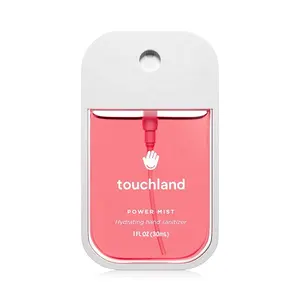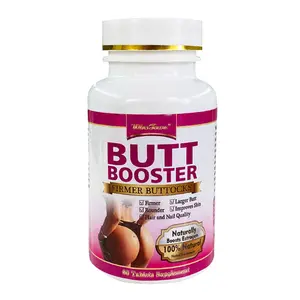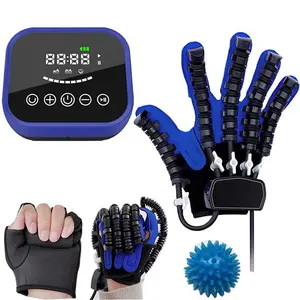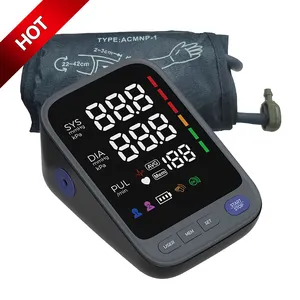Populair in uw branche




































































Gerelateerde zoekopdrachten:




































Topcategorieën
Over permendur 2v staaf
Tandartsen kunnen meer klanten overtuigen om hun klantgerichte en effectieve tandheelkundige diensten te laten proeven door ergonomisch en duurzaam te kopen permendur 2v staaf. op Alibaba.com. Met exclusief unieke mogelijkheden en moderne technologieën, bieden deze stoelen de ontspanning en het comfort dat patiënten willen tijdens tandheelkundige behandelingen. Winkelen voor permendur 2v staaf. met superieure ingebouwde technologieën die zijn ontwikkeld om de efficiëntie van verschillende tandheelkundige behandelingen te verbeteren en tegelijkertijd de productiviteit van de tandarts te maximaliseren.
Bekijk de online schappen voor ongelooflijk duurzaam en functioneel permendur 2v staaf. met voldoende demping en stabiele ondersteuning, synchroon met verschillende lichaamsgroottes en patiëntenposities. Ontdek geavanceerde stoelen met ingebouwde stimulators, verwarmingsunits, armleuningen en hoofdsteunen en een mechanisch stoelverstelsysteem. Behaal optimaal comfort voor de patiënt en verhoog de productiviteit met hoogwaardige stoelen die zijn uitgerust met geavanceerde bedieningspanelen, voetbediening in joystickstijl en programmeerbare geheugeninstellingen.
Op het grote permendur 2v staaf van Alibaba.com . archief, ontdek stoelen met gemonteerde LED-verlichting, een supereffectief bezorgsysteem, hulpprogramma's, elektrische configuraties en meer. De meeste geavanceerde stoelen omvatten luchtcompressoren, RVG-sensoren, LCD-monitoren, afzuigunits, intra-orale camera's, röntgenunits, scalers en meer. Kopers kunnen kiezen uit stoelen met over-het-hoofd, over-de-patiënt, achter- en zijafleveringssystemen.
Houd de kosten laag door de verbluffende eigenschappen te controleren permendur 2v staaf. op Alibaba.com rechtstreeks afkomstig van vertrouwde leveranciers en fabrikanten. Vind uitgebreide productselecties die essentieel zijn voor het verbeteren van de productiviteit van tandartsen en het comfort van patiënten tijdens de diagnose en behandeling van gebitsproblemen. Zorg ervoor dat u de opmerkelijke groothandels- en kleinhandelsprijzen verkent om genoegen te nemen met eenheden die binnen de ingestelde voorkeuren vallen.























